We all hate weeds in our garden, pastures or lawns, and there are many New Zealand weeds that can affect not only the look of your backyard, but can also have an impact on our environment or health.
A weed is a plant that grows where is it not wanted. Some weeds can be harmful or toxic to humans, while other weeds can be annoying or harmful to New Zealand’s environment, including farming, agriculture, forestry and recreational areas.
There are many different ways to control weeds, however the most popular forms of weed control are chemical herbicides, which are chemicals designed to be toxic to specific plants or weeds, and physical control, which includes pulling weeds out by hand or machine.
Below we have listed a small selection of some of the more common weeds that can be frustrating for lifestyle, rural and residential dwellers.
Broom
Mostly found in farming and lifestyle paddocks, Broom is identified by its distinctly ribbed stems, bright yellow flowers and 1.5 cm long leaves that comprise 3 leaflets (similar to clover). Broom has seedpods that explode in the sun when ripe.
To control Broom you will need to dig out small plants, otherwise apply an herbicide.
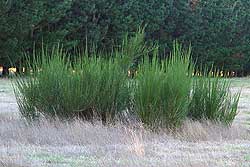
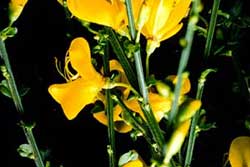
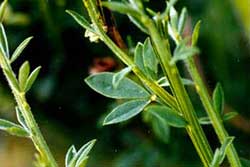
Hemlock
Hemlock is poisonous and touching it can irritate your skin. Hemlock has light green leaves that look similar to fern or parsley, while the stems are hollow and often have purple spots. Small white flowers occur in clusters and look similar to carrot and parsley plants.
To eradicate Hemlock dig out smaller plants. Larger plants can be cut and painted with herbicide.
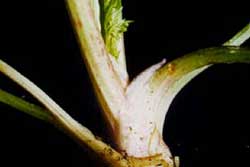
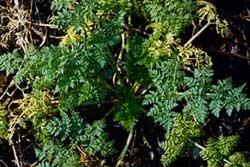
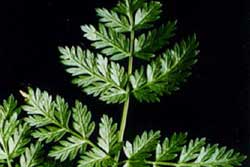
Daisy
While your children may enjoy making daisy chains out on the lawn, a lawn riddled with Daisy can be an eyesore! Daisy enjoys moist soil conditions and grows well in the shade. Daisy grows as a small rosette with spoon shaped leaf. Daisy can grow in patches and once it takes hold in your lawn it can be a nuisance to eliminate.
Herbicides are used on lawn turf Daisy.
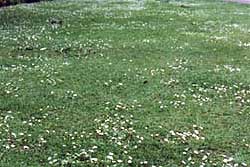
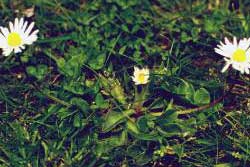
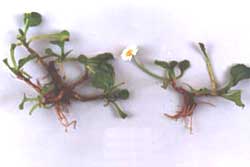
Yarrow
This is a very widespread weed as it was originally sown as a drought-tolerant pasture species. It is mostly found on arable land, pasture and lawns. Yarrow is identified by feathery leaves, which often form extensive patches on lawns, sometimes with pink or white flower heads that cluster at the top of flower stalks. These are normally about 50cm high.
Yarrow is normally controlled with application of appropriate herbicide.
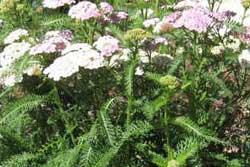
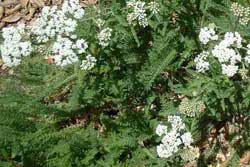
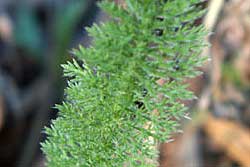
Thistle
There are many varieties of thistle, however they all feel painfully alike when you tread on one with your bare foot! Scotch thistle is commonly found in pastures and lawns, and as a vegetative rosette it can tolerate mowing. The thistle doesn’t normally flower on lawns (due to regular lawn mowing), however this means that while it may not flower in your lawn, it can quickly spread and become well established in your lawn due mainly from seed blown in with pappus. Livestock do not generally eat thistles, which is why it flowers freely in paddocks.
Thankfully thistle is quite susceptible to most herbicides, however it is harder to eradicate, as it gets larger.
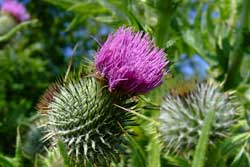
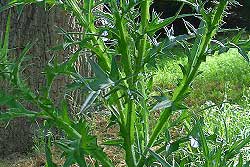
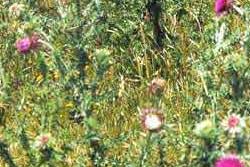
Dandelion
There are actually a number of weed species that are closely related to the Dandelion, however they all look very similar, which can be very difficult when trying to identify a Dandelion. Most commonly found in pastures or in your lawn, it is seen more in soil that has low plant numbers and fertility. Unfortunately, as well as being an eye sore in your lawn, it can be quite difficult to kill!
As any part of the dandelion root can produce new plants it should not be cut up. Chemicals that kill Dandelion in lawn turf include clopyralid and dicamba.
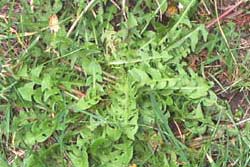
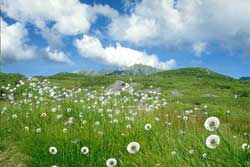
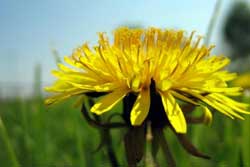
Onehunga Weed
This is one of those nasty turf weeds have leave tiny, painful prickles in your bare feet, which is why this weed isn’t a popular addition to your family lawn turf! An annual weed, which is very small in size, making it very hard to get ‘chopped up’ by your lawnmower. Onehunga weed has finely divided leaves, which looks similar to Yarrow, however Onehunga has a fairly shallow fibrous root system.
While the weed is small, it’s resilience to many herbicides is not! The most recommended method for commercially controlling this weed in New Zealand turf though is through use of clopyralid or a picloram/triclopyr mixture.
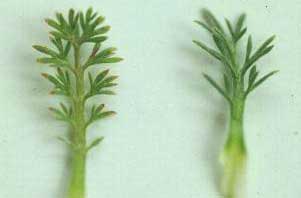
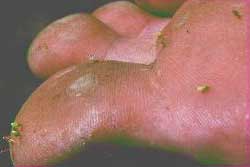
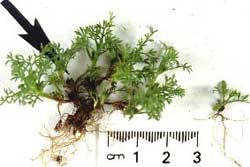
While considered highly desirable in most New Zealand pastures, White Clover is not such a popular choice when it decides to invade your turf lawn! The white flowers in the clover attract bees, which doesn’t make for a relaxing summer bare-foot walk across your lawn.
To control White Clove in your lawn, you will need to use a broad-spectrum herbicide, however please ensure it is designed for lawn use.
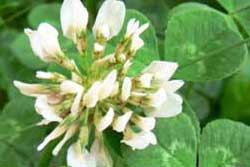
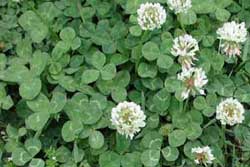
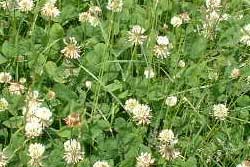
Creeping Buttercup
There are many species of Buttercup, and these are happy to settle into the wet soil areas of your lawn. Creeping Buttercup spreads very quickly and can take over the weed-free areas of your lawn.
To remove Creeping Buttercup from your lawn you will need to use a turf herbicide.
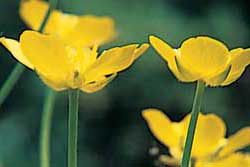
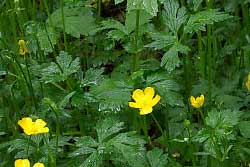
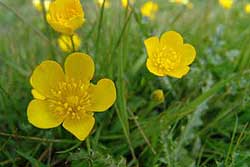
Annual Poa
Often referred to by its botanical name “Poa Annua”, it is more commonly known as “Poa”, “Winter Grass”, “Annual Blue Grass” and “Annual Meadow Grass”, this is considered one of the most common and troublesome weeds around. Poa can be hard to identify as it is actually a grass itself, so can be mistaken for similar turf grass. Poa produces lots of short seed-heads, which makes it quite noticeable, especially within high quality turfs, as it generates ‘patchy’ looking areas.
Unfortunately there are few herbicide options available to control this weed selectively, which is why good cultural practices tend to be the best way of dealing with annual poa.

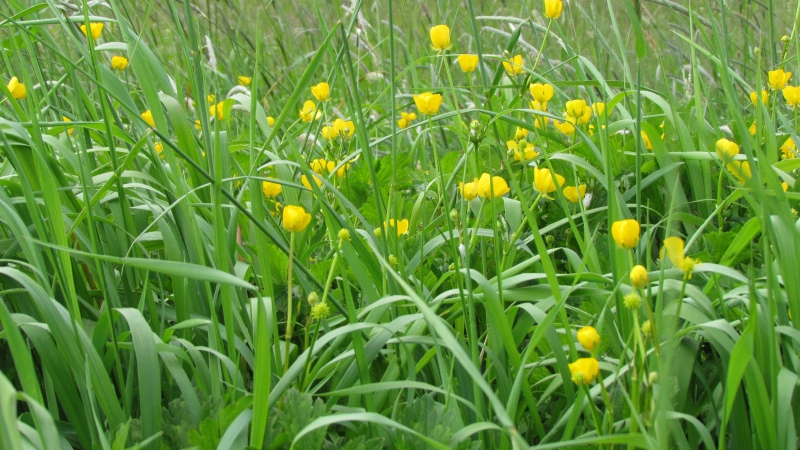
Leave A Comment
You must be logged in to post a comment.